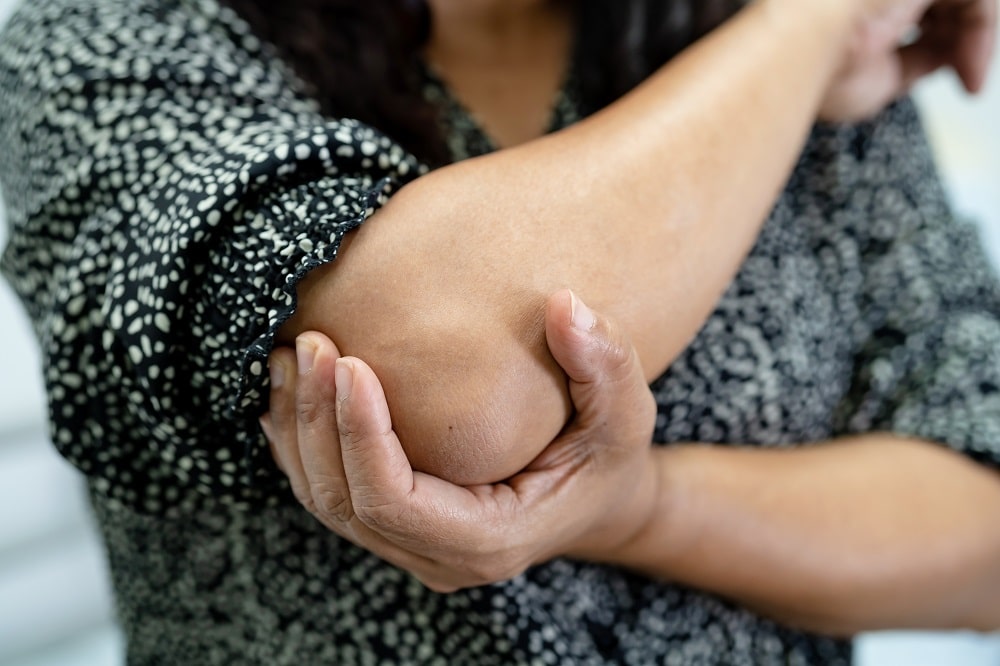
In the fast-paced world of sports, especially those that involve repetitive throwing motions like baseball, softball, and javelin, elbow injuries are a common concern among athletes. Whether you’re a professional player or a weekend warrior, understanding the dynamics of elbow injuries in throwing sports can be crucial for prevention, treatment, and overall performance. Let’s delve into the intricacies of these injuries, particularly in the context of Miami’s athletic scene.
The Anatomy of Elbow Injuries
The elbow is a complex joint that allows for the bending (flexion) and straightening (extension) of the arm, as well as the rotation of the forearm. It comprises three main bones: the humerus in the upper arm, and the ulna and radius in the forearm. Ligaments, tendons, and muscles work together to provide stability and mobility to the joint.
In throwing sports, the repetitive and forceful nature of the motions can put significant stress on the elbow joint and its surrounding structures. This stress often leads to various types of injuries, ranging from mild strains to severe ligament tears.
Common Elbow Injuries in Sports
1. Medial Epicondylitis (Golfer’s Elbow):This condition involves inflammation and microtears in the tendons on the inner side of the elbow. It is commonly seen in golfers but can also affect athletes in throwing sports due to the repetitive gripping and wrist flexion involved.
2. Lateral Epicondylitis (Tennis Elbow): Contrary to its name, tennis elbow can occur in any sport that involves repetitive wrist extension and rotation, such as baseball and javelin throwing. It affects the tendons on the outer side of the elbow and can cause pain and weakness in gripping activities.
3. Ulnar Collateral (UCL) Injury: The UCL is a crucial ligament for stabilizing the inner side of the elbow during throwing motions. Overuse or sudden trauma can lead to UCL tears, commonly known as “Tommy John” injuries in baseball. Pitchers are particularly prone to this type of injury due to the high demands placed on their elbows.
4. Flexor Tendon Strains: The flexor tendons on the inner side of the elbow can experience strains or partial tears, especially in sports that involve repetitive throwing or overhead movements. These injuries can cause pain, swelling, and limitations in elbow mobility.
5. Olecranon Bursitis: This condition involves inflammation of the bursa, a fluid-filled sac that cushions the bony prominence at the back of the elbow (olecranon). Overuse or direct impact can lead to bursitis, resulting in swelling, tenderness, and restricted range of motion.
Miami’s Perspective on Elbow Injuries
Miami, known for its vibrant sports culture and active lifestyle, sees its fair share of elbow injuries among athletes of all levels. From Little League pitchers dreaming of Major League stardom to seasoned professionals competing in high-stakes tournaments, the pressure to perform can sometimes lead to overuse and misuse of the elbow joint.
In a city where baseball and softball reign supreme, elbow injuries in throwing sports are a constant concern for coaches, medical professionals, and athletes themselves. The humid climate and year-round sports activities contribute to the frequency of these injuries, as muscles and ligaments may not get adequate time to recover and adapt.
Prevention Strategies and Treatment Options
Preventing elbow injuries starts with proper training techniques, conditioning programs, and biomechanical analysis. Coaches and trainers play a crucial role in educating athletes about the importance of warm-ups, cooldowns, and proper throwing mechanics. Emphasizing rest periods and avoiding excessive throwing volumes can also reduce the risk of overuse injuries.
For athletes who experience elbow pain or discomfort, early intervention is key. Rest, ice, compression, and elevation (RICE) can help manage acute symptoms. Physical therapy focusing on strengthening the muscles around the elbow and improving flexibility can aid in recovery and prevent future injuries.
In cases of severe or persistent elbow injuries, medical evaluation may be necessary. Orthopedic specialists in Miami, with their expertise in sports medicine, can assess the extent of the injury and recommend appropriate treatment options. These may include corticosteroid injections, bracing or splinting, and in some cases, surgical repair for significant ligament or tendon damage.
The Role of Rehabilitation and Return to Play
Rehabilitation following elbow injuries is a gradual process that aims to restore function, reduce pain, and prevent reinjury. Physical therapists work closely with athletes to design personalized rehabilitation programs that address specific deficits and challenges. This may involve progressive exercises to improve strength, range of motion, and neuromuscular control.
Return-to-play decisions should be based on objective criteria, including functional tests, pain levels, and the athlete’s overall readiness. Rushing back into competition before fully recovering can lead to setbacks and increased risk of reinjury. Coaches, trainers, and medical professionals must collaborate to ensure a safe and effective return to sports participation.
Prevent Elbow Injuries: Trust OrthoMiami for Expert Care
Elbow injuries in throwing sports are multifaceted challenges that require a comprehensive approach to prevention, treatment, and rehabilitation. Understanding the anatomy of the elbow, common injury types, and Miami’s perspective on sports-related injuries is essential for athletes, coaches, and healthcare providers alike. By implementing proper training techniques, early intervention strategies, and evidence-based rehabilitation protocols, we can mitigate the impact of elbow injuries and promote long-term athletic success.
For expert care and guidance in preventing and treating elbow injuries in sports, trust OrthoMiami. Call us today at (305) 596-2828 to schedule an appointment and take proactive steps towards your athletic well-being!